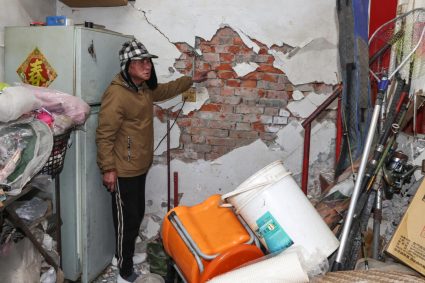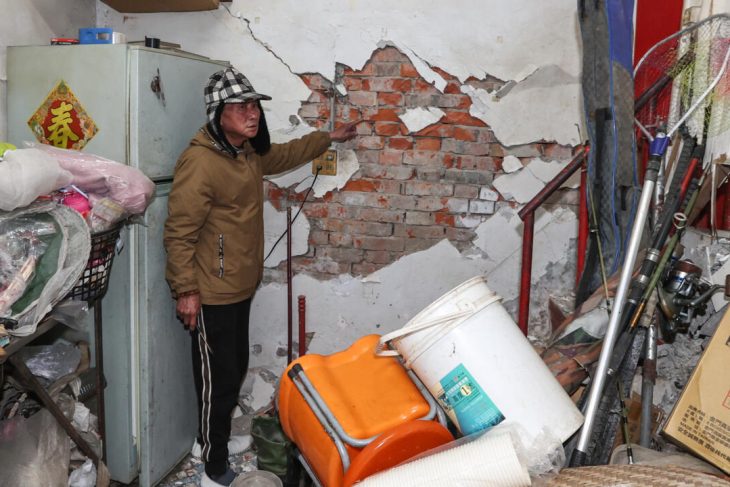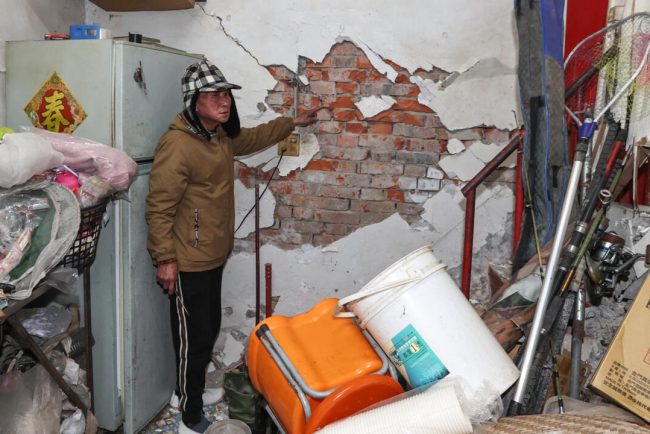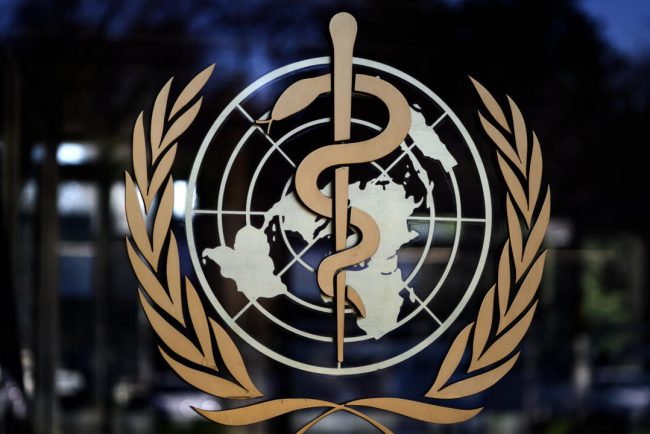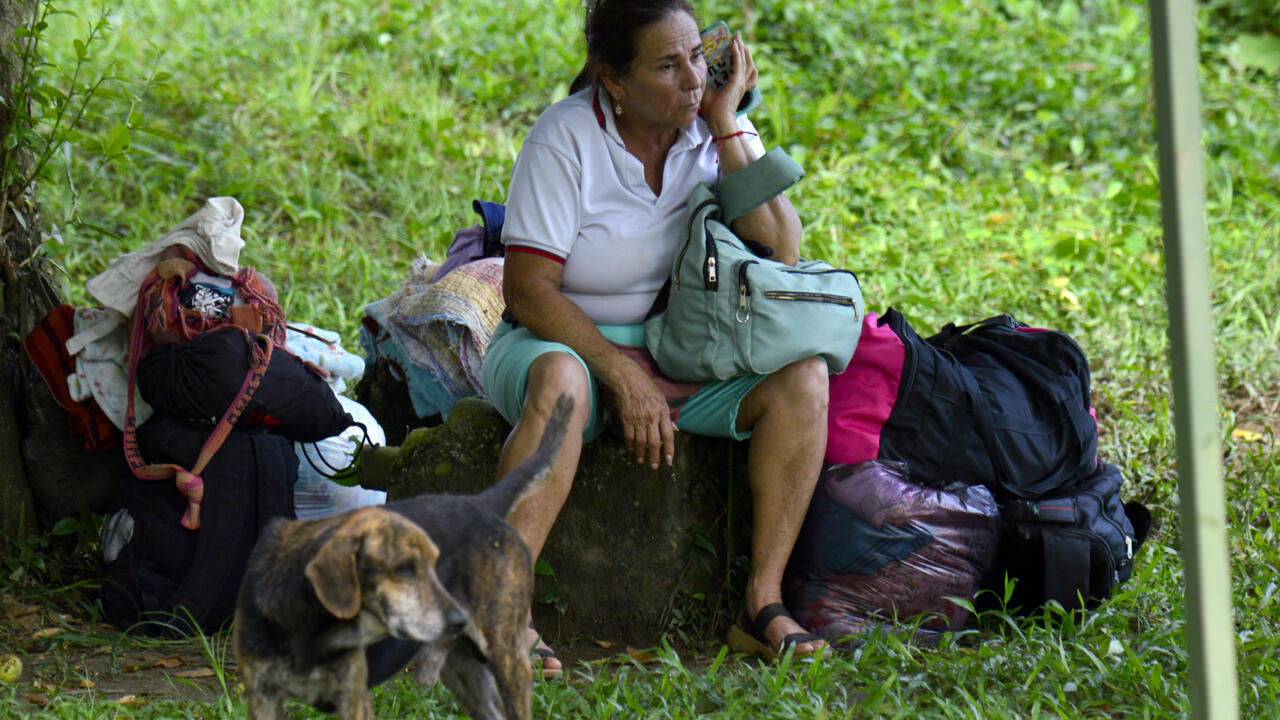
But leftist guerrillas, right-wing paramilitaries, drug gangs and state forces remain in open conflict in parts of the country as fighting rages over illegal mining and drug resources and trafficking routes.
The ELN, which has roughly 5,800 fighters and a major stake in the drug business, has taken part in failed negotiations with Colombia’s last five governments.
Since 1964, the conflict is estimated to have resulted in some nine million Colombians either killed, disappeared or forced to leave their homes, according to authorities.
Last November, the Norwegian Refugee Council (NRC), a humanitarian organization, said at least 1.5 million people have been displaced since the deal with the FARC in 2016.
Worse than Venezuela
On Saturday, Tibu was a hive of frantic activity, its bus terminal bursting with people desperate to flee to other parts of Colombia, or further afield.
“My heart aches for Catatumbo… for the whole country. There are many innocent people paying the price for war,” sobbed Carmelina Perez, also 62, as she used a piece of cardboard to shield herself from the harsh sun.
Perez said she fled with her husband and the grandchildren to Tibu “in panic.” She worries desperately about her daughters who stayed behind in their village.


